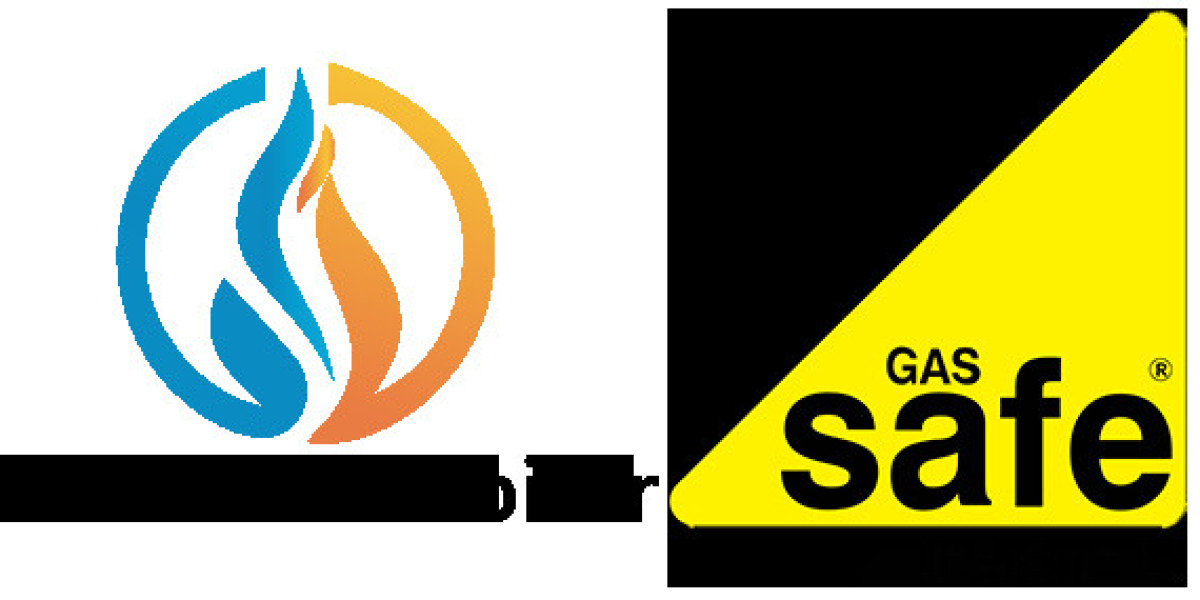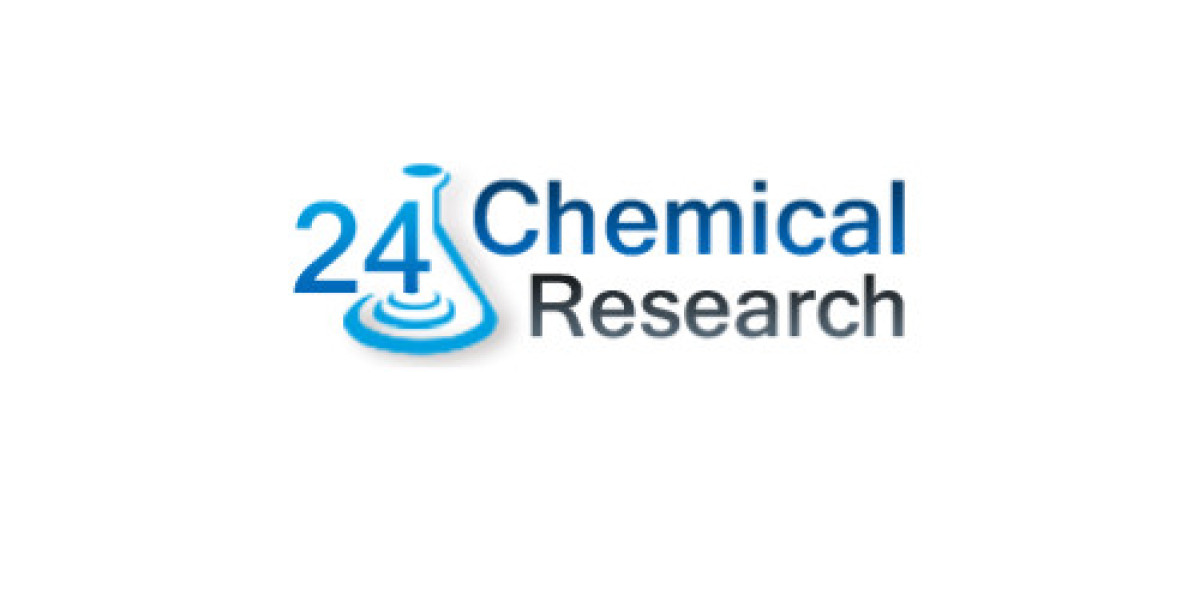Plumbing installation is a critical aspect of any residential, commercial, or industrial building. A well-designed and properly installed plumbing system ensures that water is efficiently delivered to where it is needed and waste is effectively removed. This comprehensive guide will take you through the essentials of plumbing installation, from planning and executing the installation to maintaining your plumbing system for long-term efficiency.
Introduction to Plumbing Installation
What is Plumbing Installation?
Plumbing installation involves the systematic arrangement and connection of pipes, fixtures, and appliances to ensure a building's water supply and waste removal needs are met. This process includes laying out water supply lines, drainage systems, and connecting fixtures such as sinks, toilets, and showers.
Importance of Proper Plumbing Installation
Proper plumbing installation is crucial for several reasons. It ensures the efficient and safe distribution of water, prevents leaks and water damage, and maintains the overall hygiene of the building. A poorly installed plumbing system can lead to numerous issues, including water contamination, structural damage, and high repair costs.
Understanding the Basics of Plumbing
Key Components of a Plumbing System
A typical plumbing system consists of several key components, including water supply lines, drainage pipes, and fixtures. Water supply lines deliver clean water to various parts of the building, while drainage pipes carry wastewater away. Fixtures like faucets, showers, and toilets are the endpoints of the plumbing system where water is used and waste is expelled.
Common Plumbing Terms Explained
- Main Water Line: The primary pipe that supplies water from the municipal water supply to your home.
- Drain-Waste-Vent (DWV) System: A network of pipes that remove wastewater and vent gases out of the building.
- P-Trap: A U-shaped pipe located under sinks that prevents sewer gases from entering the home.
Planning Your Plumbing Installation
Assessing Your Plumbing Needs
Before starting the plumbing installation, it's essential to assess your specific needs. Consider the number of bathrooms, kitchens, and other water-using areas in your home. This assessment will help you determine the size and layout of your plumbing system.
Choosing the Right Plumbing Materials
Selecting the right materials is crucial for a durable plumbing system. Common materials include copper, PVC, and PEX pipes. Copper is known for its durability and resistance to corrosion, while PVC is cost-effective and easy to install. PEX is flexible and resistant to freezing, making it ideal for both hot and cold water supply lines.
Creating a Plumbing Layout Plan
A well-thought-out plumbing layout plan is vital for a successful installation. This plan should include the placement of all pipes, fixtures, and appliances. It's essential to ensure that the layout allows for efficient water flow and easy access for maintenance.
Step-by-Step Guide to Plumbing Installation
Preparing the Site
Begin by preparing the site for plumbing installation. This involves clearing the area of debris and ensuring that the foundation is ready for pipe installation. Mark the locations of all fixtures and pipes according to your layout plan.
Installing Water Supply Lines
Start with the installation of water supply lines. Measure and cut the pipes to the required lengths and connect them using appropriate fittings. Ensure that all connections are secure to prevent leaks.
Installing Drainage Pipes
Next, install the drainage pipes. These pipes should slope downward to allow gravity to carry wastewater away from the building. Use fittings and connectors to join the pipes, and make sure to secure them firmly to prevent any movement.
Connecting Fixtures and Appliances
Once the pipes are in place, connect all fixtures and appliances. This includes sinks, toilets, showers, and water heaters. Follow the manufacturer's instructions for each fixture to ensure proper installation.
Testing the System for Leaks
After completing the installation, it's crucial to test the system for leaks. Turn on the water supply and inspect all connections for any signs of leakage. If you find any leaks, tighten the connections or replace faulty components.
Types of Plumbing Systems
Residential Plumbing Systems
Residential plumbing systems are designed for homes and apartments. These systems typically include water supply lines, drainage pipes, and various fixtures such as sinks, toilets, and showers. Residential plumbing systems must be designed to handle the daily water usage of a household.
Commercial Plumbing Systems
Commercial plumbing systems are used in buildings such as offices, restaurants, and shopping centers. These systems are usually more complex and must accommodate a higher volume of water usage. Commercial plumbing systems may include additional features such as grease traps and larger water heaters.
Industrial Plumbing Systems
Industrial plumbing systems are found in factories and large-scale manufacturing facilities. These systems must handle high-pressure water supply and large volumes of wastewater. Industrial plumbing systems often require specialized materials and components to withstand harsh conditions.
Plumbing Installation for Different Spaces
Kitchen Plumbing Installation
Kitchen plumbing installation involves connecting water supply lines to sinks, dishwashers, and refrigerators. It's essential to ensure that all connections are secure and that the drainage system is properly installed to prevent clogs.
Bathroom Plumbing Installation
Bathroom plumbing installation includes the setup of water supply lines and drainage pipes for toilets, sinks, and showers. Proper ventilation is also crucial to prevent moisture buildup and mold growth.
Laundry Room Plumbing Installation
Laundry room plumbing installation requires connecting water supply lines to washing machines and ensuring proper drainage. It's essential to install a vent pipe to prevent pressure buildup in the drainage system.
Hiring Professional Plumbing Services
Benefits of Hiring a Professional Plumber
Hiring a professional plumber offers several benefits. Professionals have the expertise and experience to handle complex plumbing installations and repairs. They also have access to specialized tools and equipment, ensuring a high-quality job.
How to Choose a Reputable Plumbing Service
When choosing a plumbing service, consider factors such as experience, licensing, and customer reviews. Look for a company that offers a warranty on their work and provides transparent pricing.
Cost of Professional Plumbing Installation
The cost of professional plumbing installation can vary depending on the complexity of the project and the materials used. It's advisable to get multiple quotes from different plumbing services to compare prices and choose the best option.
DIY Plumbing Installation Tips
Essential Tools for DIY Plumbing
If you plan to undertake a plumbing installation project yourself, ensure you have the essential tools, including pipe wrenches, pipe cutters, and a plumber's tape. Having the right tools will make the job easier and more efficient.
Common DIY Plumbing Mistakes to Avoid
Avoid common DIY plumbing mistakes such as over-tightening connections, using the wrong type of pipe, and neglecting to check for leaks. Taking the time to double-check your work can save you from costly repairs in the future.
Safety Tips for DIY Plumbing Projects
Safety should always be a priority in DIY plumbing projects. Wear protective gear such as gloves and safety goggles, and ensure that the water supply is turned off before starting any work. Be cautious when using power tools and handle sharp objects carefully.
Maintenance and Upkeep of Your Plumbing System
Regular Plumbing Maintenance Checklist
Regular maintenance is essential to keep your plumbing system in good condition. Create a checklist that includes tasks such as inspecting pipes for leaks, cleaning drains, and testing water pressure.
How to Prevent Common Plumbing Problems
Prevent common plumbing problems by taking proactive measures. Avoid pouring grease down the drain, use drain covers to catch debris, and regularly clean fixtures to prevent clogs and buildup.
When to Call a Professional for Repairs
While some plumbing issues can be fixed with DIY methods, others require professional intervention. Call a plumber if you encounter persistent leaks, low water pressure, or sewage backups.
Environmental Considerations in Plumbing Installation
Water-Efficient Plumbing Fixtures
Installing water-efficient plumbing fixtures can significantly reduce water usage and lower your utility bills. Look for fixtures with a WaterSense label, which indicates that they meet EPA standards for water efficiency.
Sustainable Plumbing Materials
Choose sustainable plumbing materials such as copper, which is recyclable, or PEX, which has a long lifespan and reduces the need for frequent replacements. Using eco-friendly materials can minimize the environmental impact of your plumbing system.
Reducing Water Waste in Your Plumbing System
Implement measures to reduce water waste, such as fixing leaks promptly, installing low-flow fixtures, and using greywater systems to recycle water for non-potable uses. These steps can help conserve water and protect the environment.
Innovations in Plumbing Technology
Smart Plumbing Devices
Smart plumbing devices, such as smart water meters and leak detectors, can help you monitor and manage your water usage more effectively. These devices can alert you to potential issues and allow you to control your plumbing system remotely.
Advanced Leak Detection Systems
Advanced leak detection systems use sensors and smart technology to detect leaks early and prevent water damage. These systems can be integrated with your home's security system for added protection.
The Future of Plumbing Technology
The future of plumbing technology includes innovations such as self-healing pipes, which can repair small cracks and leaks automatically, and waterless toilets that reduce water usage and waste.
Conclusion
In conclusion, plumbing installation is a complex but essential task that requires careful planning and execution. Whether you choose to hire a professional plumber or undertake a DIY project, it's crucial to ensure that your plumbing system is installed correctly and maintained regularly. By following the guidelines in this comprehensive guide, you can achieve a seamless and efficient plumbing system for your home.


